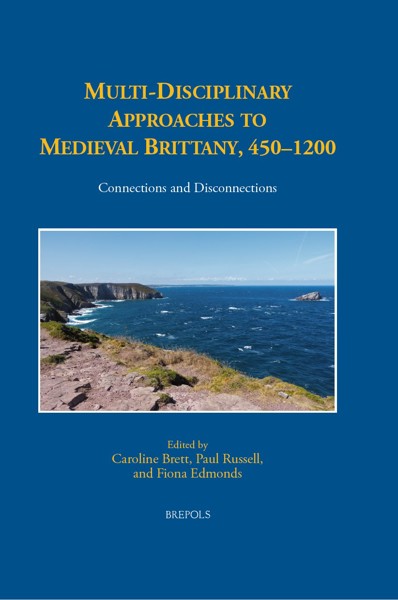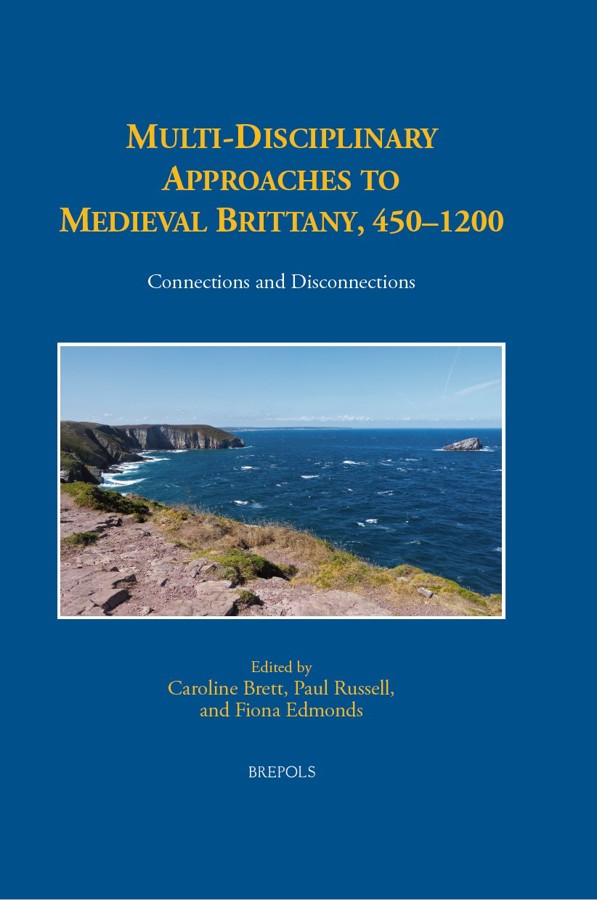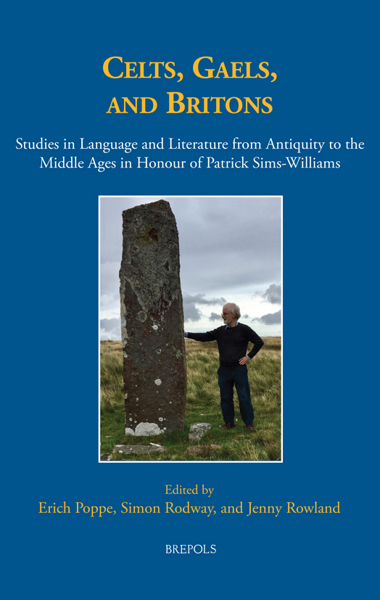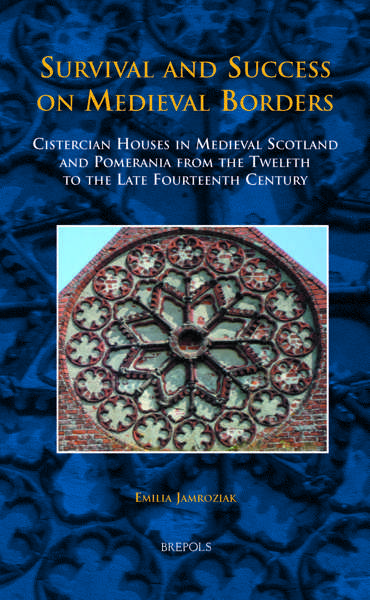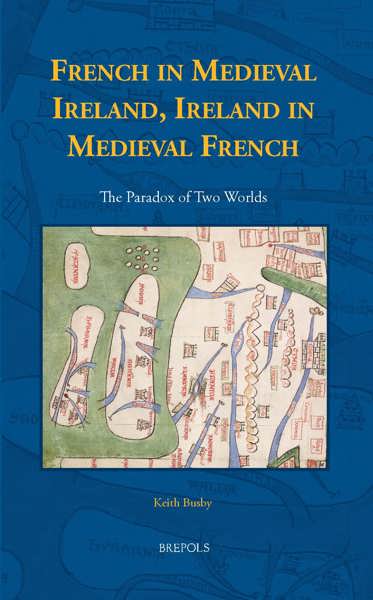
Multi-Disciplinary Approaches to Medieval Brittany, 450–1200
Connections and Disconnections
Caroline Brett, Paul Russell, Fiona Edmonds (eds)
- Pages: xii + 376 p.
- Size:156 x 234 mm
- Illustrations:7 b/w, 13 col., 2 tables b/w., 17 maps b/w, 3 maps color
- Language(s):English, French
- Publication Year:2023
- € 80,00 EXCL. VAT RETAIL PRICE
- ISBN: 978-2-503-60110-6
- Hardback
- Available
- € 80,00 EXCL. VAT RETAIL PRICE
- ISBN: 978-2-503-60111-3
- E-book
- Available
"The volume succeeds in establishing the culture of medieval Brittany within a more complex setting than traditionally supposed. (...) It is a valuable volume where multiple disciplines come together to say the same thing. A rarity, certainly in early medieval studies" (Stephen J. Joyce, in Parergon, 41(2), 2024, p. 234)
« Une approche portant sur la longue durée et faisant appel à différentes disciplines permettra à la Bretagne d’émerger et de trouver sa place parmi les études sur le haut Moyen Âge. Tel est le but de ce livre, enrichi de résumés, cartes, tableaux, illustrations et d’un index général. » (Christiane De Craecker-Dussart, dans Le Moyen Âge, 131/1, 2025, p. 217)
"In the course of eleven chapters, with subjects ranging from onomastics to archaeology, each author puts Brittany centre stage, treating the surrounding areas as the peripheries for a change. The result is a challenging, but ultimately refreshing, collection of articles that will surely have something for everyone." (Rutger Kramer, in The Medieval Review, December 2025)
Dr Caroline Brett is an Affiliated Lecturer in the Department of Anglo-Saxon, Norse, and Celtic at the University of Cambridge. She is currently the Research Associate on the ‘Brittany and the Atlantic Archipelago’ project.
Professor Paul Russell is Professor of Celtic in the Department of Anglo-Saxon, Norse, and Celtic, and the Principal Investigator of the ‘Brittany and the Atlantic Archipelago’ project.
Dr Fiona Edmonds is Lecturer and Director of the Regional Heritage Centre at Lancaster University, an Honorary Research Fellow of the Department of Anglo-Saxon, Norse, and Celtic, and the Co-Investigator of the ‘Brittany and the Atlantic Archipelago’ project.
While it is well-established that Brittany and the Insular world were closely linked during the medieval period, the precise nature of these connections continues to spark debate. Was there a significant migration in the fifth century, or were the connections more multi-faceted and enduring than medieval accounts suggest? And how might we triangulate the Atlantic connections with other influences on medieval Brittany, including those from the Carolingian world?
Drawing together research that was first presented at the conference ‘Brittany and the Atlantic Archipelago: Contact, Myth and History 450–1200’, held in Cambridge in December 2017, this volume seeks to present new and ground-breaking research into both Brittany and its broader European context during the medieval period. The chapters gathered here range across various disciplines, including textual history, archaeology, hagiography, onomastics, and the study of liturgical evidence, offering new insights into our understanding of medieval Brittany, as well as drawing out particular connections (and disconnections) between Brittany and its neighbours.
List of Illustrations
Acknowledgements
Abbreviations
1. Introduction
Caroline Brett, Fiona Edmonds, and Paul Russell
2. The 'Late Roman Military Migration': A Historiographical Myth
Patrick Galliou
3. The Settlement of Brittany in Light of a Migration Period Archaeology
John Hines
4. The Archaeology of Early Medieval Rural Societies in Brittany — Settlements, Landscapes, Legacies, and New Influences: Interdisciplinary Research
Isabelle Catteddu and Joseph Le Gall
5. Espace et pouvoirs en Bretagne aux premiers siècles du Moyen Âge (VIe–IXe siècle)
Magali Coumert
6. Alain de Bretagne, l’exil d’un Prince
Joelle Quaghebeur
7. Memoria, Memorialization, and the Monks of Mont-Saint-Michel, c. 960–1033
K. S. B. Keats-Rohan
8. Présence d’une culture celtique insulaire chez les anciens hagiographes bretons
Joseph-Claude Poulin
9. Cross-Channel Intercourse in the Earliest Breton Vitae
Karen Jankulak
10. Explaining the Origins of Brittany in the Twelfth Century: St Cadog’s Solution
Ben Guy
11. Generic Place-Name Elements in the Three Brittonic Regions
O.J. Padel
12. Facing Different Ways: the Onomastics of People in Medieval Brittany
Paul Russell
Index
